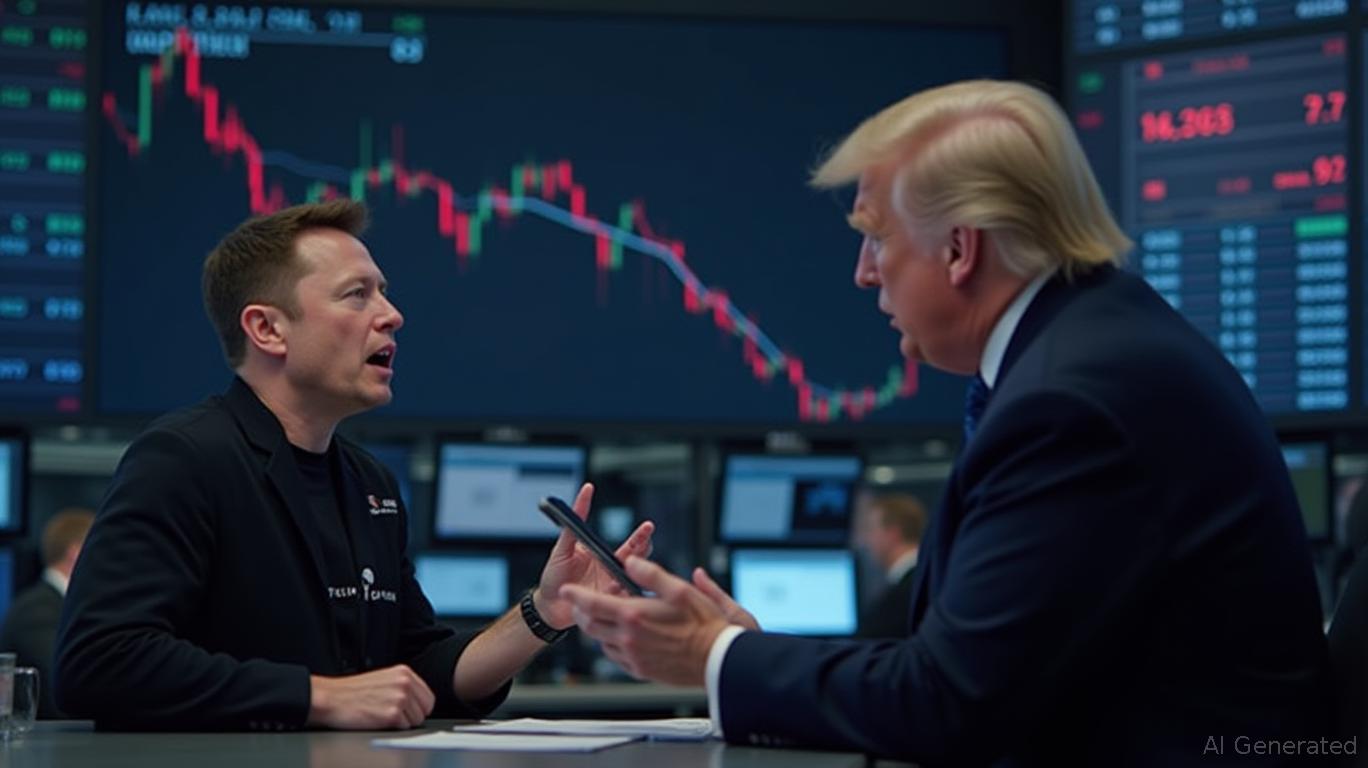Navigating the Storm: How Stocks Face Unprecedented Challenges in 2025
The year 2025 has emerged as a pivotal period for global equity markets, marked by a confluence of economic, geopolitical, and policy-driven challenges. From persistent inflation to trade wars and fiscal deficits, investors are contending with a landscape fraught with uncertainty. This article examines the key obstacles stocks face and their implications for portfolio strategies.
Persistent Inflation and Federal Reserve Policy
The Federal Reserve’s battle against inflation remains a central challenge. Despite the U.S. inflation rate easing to 2.8% in March 2025—still above the Fed’s 2% target—rate cuts have been delayed. This "high-for-long" policy stance has kept borrowing costs elevated, squeezing corporate profits and limiting liquidity.
Analysts warn that prolonged high rates could dampen equity valuations, particularly for growth stocks reliant on cheap capital. For instance, the tech sector, which thrived during low-rate eras, now faces headwinds as the Fed’s caution curtails investor risk appetite.
Trade Tariffs and Geopolitical Tensions

President Trump’s April 2025 "reciprocal tariffs"—a 10% levy on all imports except Mexico and Canada—ignited immediate market turmoil. The S&P 500, Nasdaq, and Dow Jones indices each fell between 3.5% and 5% in a single trading session, with tech giants like Nvidia bearing the brunt as export restrictions to China slashed $5.5 billion in value. The threat of a broader trade war has also disrupted global supply chains, particularly in semiconductors and AI hardware.
Recession Risks and Consumer Debt Burden
Economic data paints a bleak picture: U.S. job openings have declined by 15% since early 2024, while consumer sentiment has hit multiyear lows. With consumer debt (credit cards, mortgages, auto loans) at record levels, households face mounting pressure to cut discretionary spending.
A recession could now be inevitable, as noted by economists like Gary Hoover. A contraction would directly impact corporate earnings, with sectors like retail and travel likely to suffer most.
Fiscal Deficits and Market Overvaluation
The U.S. fiscal deficit is projected to hit $1.9 trillion in 2025—6.2% of GDP—far exceeding historical averages. This imbalance risks crowding out private investment and pushing Treasury yields higher. Meanwhile, equity markets show mixed signals: the S&P 500’s 25% gain in 2024 has sparked concerns about overvaluation, especially in growth sectors like AI-driven tech.
Regional Market Divergence
While the U.S. equity market stumbled (-4.6% in Q1 2025), Europe surged +14%, buoyed by the ECB’s rate cuts and Value/Yield-driven strategies. Emerging markets, however, faced headwinds: China’s consumer prices fell for the second consecutive month (-0.1% Y/Y), signaling weak domestic demand.
Conclusion: Navigating the Crosswinds
The challenges of 2025 demand a disciplined, diversified approach. Investors should prioritize:
1. Resilient Sectors: Utilities, consumer staples (e.g., Coca-Cola), and energy stocks (Chevron) offer stability amid volatility.
2. Quality and Yield: Dividend-rich firms like Philip Morris and Allianz have outperformed, with yields shielding against inflation.
3. Global Diversification: Europe and select emerging markets (e.g., India’s tech sector) provide growth opportunities outside the U.S.
4. Caution on Tech: While AI innovation is transformative, geopolitical risks and valuation concerns warrant selective exposure.
The Fed’s path forward will be critical. If inflation moderates further, rate cuts could reignite equity gains. However, with a 0.5% GDP growth forecast and a 15% market correction risk, investors must brace for turbulence. As the year unfolds, resilience—not speculation—will define success.
The stakes have never been higher. In 2025, navigating the storm requires both vigilance and a long-term perspective.









